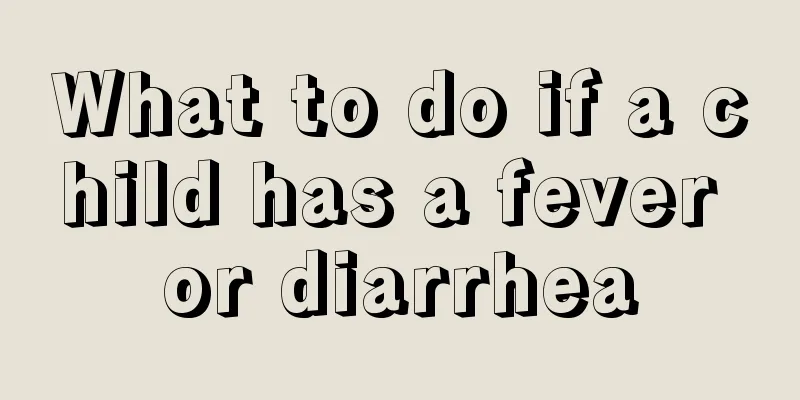What are the symptoms of mixed viral and bacterial infection?

|
No matter what season it is, children are the most likely to catch colds and suffer from headaches and fevers, but the ones who are most distressed are actually the parents. A cold is actually called an upper respiratory tract infection, which can be divided into viral and bacterial types, as well as mixed viral and bacterial infections. So what are the manifestations of these conditions? How should parents distinguish them? What are the symptoms of mixed viral and bacterial infections? Let me explain to you below. Viral upper respiratory tract infection: There are two common manifestations of viral upper respiratory tract infection: one is the common cold type, which mainly occurs in late summer and early autumn and can last until the spring of the following year. Symptoms include discomfort or sore throat, followed by runny nose, nasal congestion, sneezing, coughing, limb pain, fatigue, and headache; sometimes accompanied by varying degrees of fever. In viral infections, the white blood cell count is often decreased or normal. The disease usually heals itself within 3-7 days, but it may last for more than a few weeks. The second is pharyngitis type upper respiratory tract infection, the main symptoms of which are sore throat, runny nose, nasal congestion, headache, cough and general discomfort. The pharynx is red and swollen, the tonsils are lymphoproliferative, there may be a small amount of exudate, and the mandibular lymph nodes are often enlarged and tender. White blood cell count is low or normal. The disease usually heals itself within 3-7 days. The incubation period of upper respiratory tract infection is short and the onset is acute. The early symptoms are often throat discomfort, dryness or sore throat, followed by sneezing, nasal congestion, runny nose, etc. If the disease progresses downward, it may cause hoarseness, cough, chest pain, etc. The body temperature rises but rarely exceeds 39°C and subsides after about 3-4 days. In addition, there are symptoms such as body aches, fatigue, headache, and poor appetite. Both bacterial and viral infections can cause fever, which is mainly caused by inflammation. It is recommended to take medication actively and regularly. Only by effectively controlling the infection and fever can you slowly return to normal. If the body temperature is high, you can cooperate with physical cooling. At the same time, you should drink more water and prevent severe colds when going out. If you have a headache and fever, you can take antipyretic and analgesic drugs appropriately. You can go to the hospital outpatient department to check your blood routine, understand the white blood cell count, and see the extent of the infection. Drink more boiled water in your life. It is recommended to do more physical exercise in your daily life, which can enhance your physical fitness and improve your immunity. The above are some answers to the symptoms of mixed viral and bacterial infections. The most important thing after being infected with a disease is to drink more water, because your own resistance cells need a lot of water to fight the disease. At the same time, drinking water will increase urination and sweating, so that the viruses and bacteria in the body can be discharged through urine and sweat. |
<<: What causes heavy breathing in children?
>>: What are the dietary precautions for young children?
Recommend
Is pulmonary edema serious in children?
Water accumulation in the lungs is usually pulmon...
What should I do if my two-year-old child has a fever of 39.5 degrees?
New parents should all know that while taking car...
What are some ways to improve children's memory?
Children have poor memory, cannot remember what t...
Can a newborn baby be bathed every day?
Babies are very small after birth, and their skin...
What to do if you have a high fever of 38 degrees
I believe everyone is familiar with symptoms such...
What foods can children eat to nourish their stomachs?
Children's stomach function is not yet fully ...
How to treat sun jaundice
Jaundice is a common symptom in newborns. There a...
What to do if your baby doesn't gain weight after eating
For babies who eat normally but do not gain weigh...
What are the language training techniques and methods for babies?
Pregnancy and childbirth is a difficult process f...
Red spots on baby's body_small red spots on baby's body
Many parents will find red spots on their babies&...
How to educate sensitive children? Parents must know
Sensitive children are usually very fragile insid...
How does hyperopia develop in children? The truth is this
Authoritative survey data show that children’s ey...
Diagnostic criteria for anemia in children
Anemia is a symptom that has a great impact on hu...
How to treat enamel hypoplasia in children?
Usually, due to various reasons, children may exp...
Is it okay to give black chicken soup to children?
There are many foods that children cannot eat, bu...









